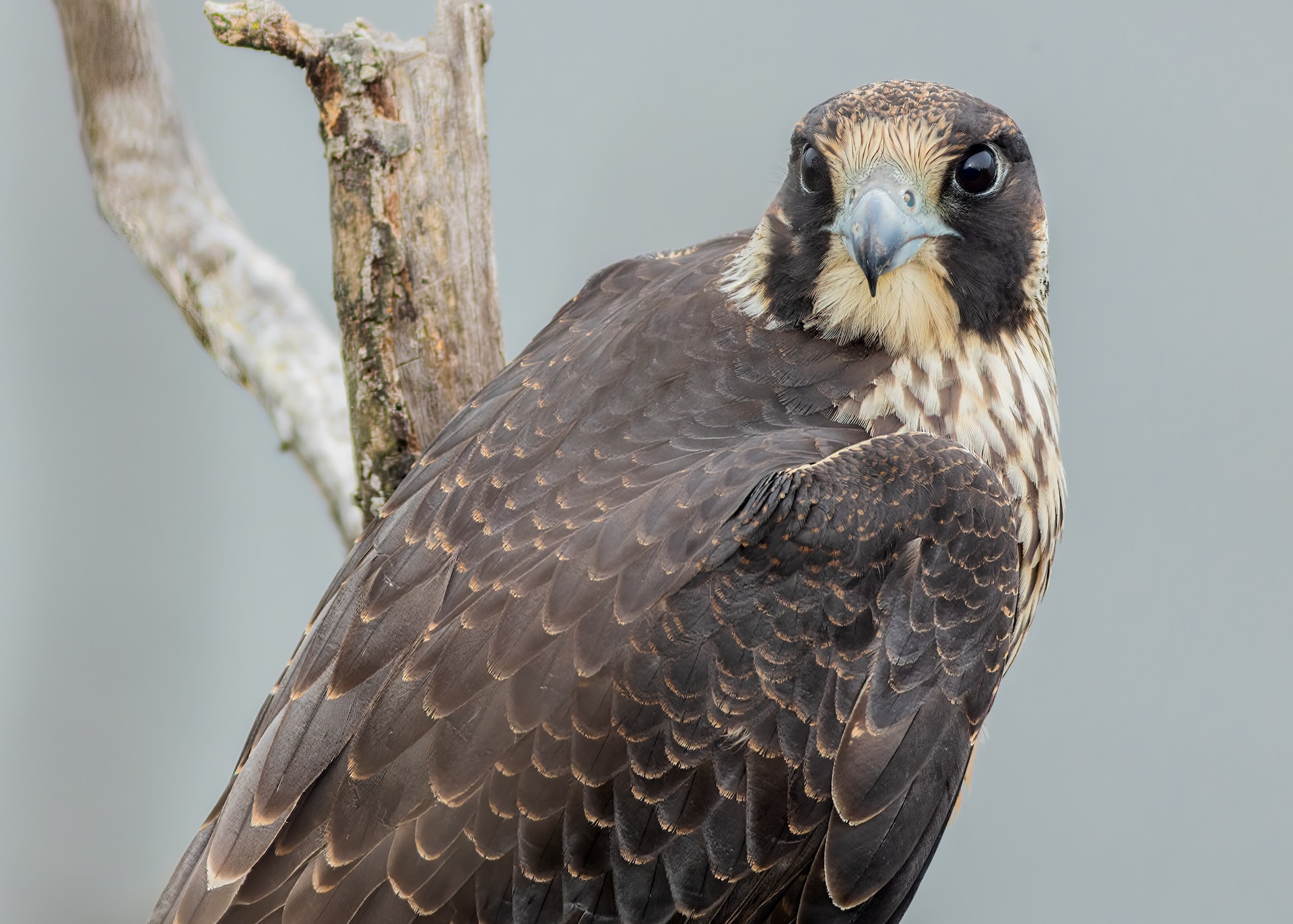
Peregrine Falcons are one of the fastest and most agile birds of prey in the world, with a remarkable hunting success rate. Their unique hunting strategies have been studied and observed by researchers, and they have revealed some fascinating insights into how these birds are able to capture prey.
Firstly, Peregrine Falcons are known for their exceptional speed and agility. They are capable of reaching speeds of up to 240 miles an hour in a high-speed dive, known as a stoop. This acceleration lets them reach their prey quickly while allowing them to strike it at a high velocity, delivering a fatal blow.
Secondly, Peregrine Falcons are also known for their exceptional eyesight. Their eyesight is eight times more powerful than that of humans, equipping them to spot prey from far away. They also possess a “fovea”, a specialized region in their eyes, which allows them to focus on their target and track their movements even when soaring high in the sky.
Another strategy Peregrine Falcons employs is “ambushing.” They often hunt in open spaces, waiting patiently for their prey to venture into the open. Once they spot their victim, they will dive to quickly snatch it with their sharp talons.
In addition to these techniques, Peregrine Falcons also use their natural environment to their advantage. They use the wind currents to gain height before diving onto their prey, and they use cliffs and steep slopes to protect their nests while hunting. These birds’ hunting strategies have developed over centuries, allowing them to survive in various environments and adapt to different fluctuations of their surrounding ecosystems.
Despite living in various habitats worldwide, it’s essential to note that Peregrine Falcons’ hunting strategies have been significantly affected by humans’ activities. Habitat degradation and other human factors have greatly impacted the population of Peregrine Falcons worldwide, putting them at risk in some regions.
Therefore, the conservation and protection of these magnificent birds are crucial to their survival. By protecting their habitats, we can ensure these animals have access to optimal prey and environment, which will help them continue to thrive and use their unique hunting skills to their fullest potential.
In conclusion, Peregrine Falcons’ remarkable hunting techniques are a testament to the adaptability of nature, which has allowed these birds to survive in various environments worldwide. Understanding their hunting strategies not only gives us a glimpse into the wonders of nature but also highlights the importance of protecting these animals to ensure their continued survival.
Comments
Post a Comment